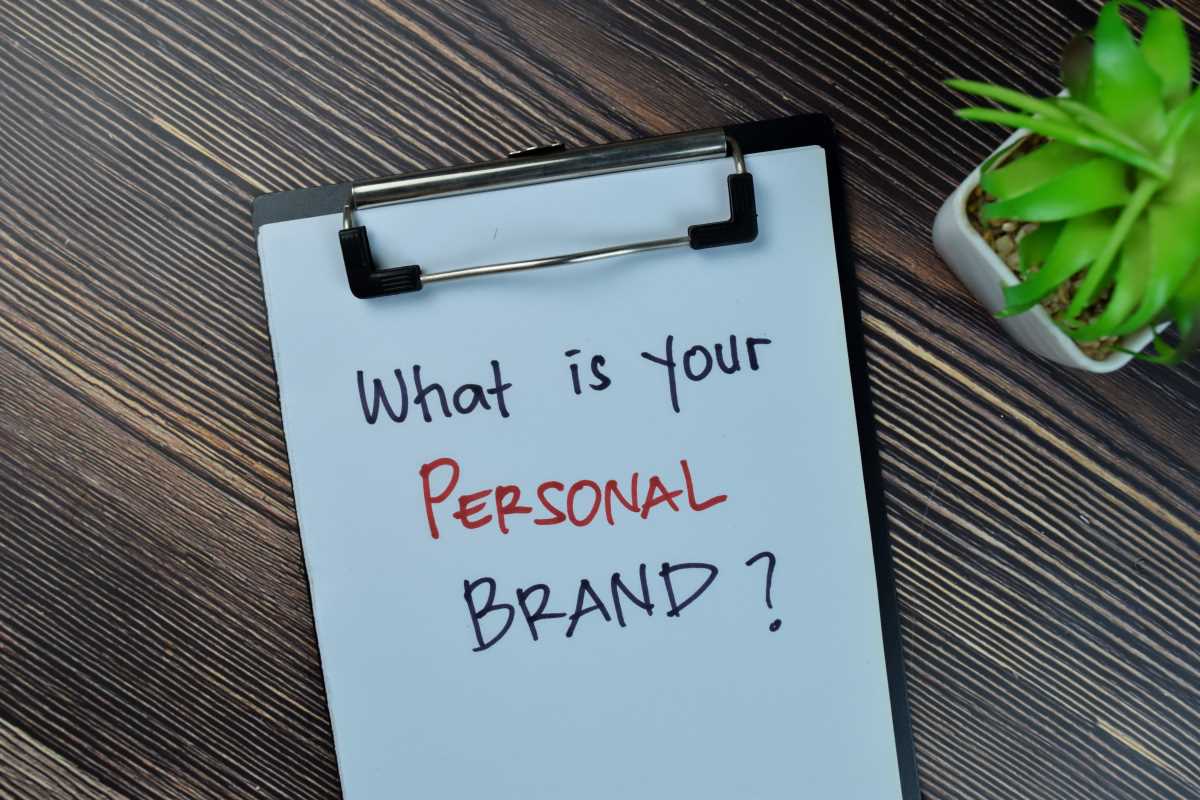You’ve spent hours perfecting your resume. You’ve checked it for typos, used a clean and professional template, and listed all your work experience and education. It looks good, and you feel ready to start applying for jobs. But what if your resume, while good, is still missing a few key elements that could take it from "good" to "great"? Sometimes, it's the small, overlooked details that make the biggest difference in catching a recruiter’s eye. These missing pieces can be the difference between a resume that gets lost in the pile and one that lands you an interview. It's about going beyond just listing your duties and instead showcasing your value, personality, and potential.
1. A Powerful Professional Summary
Many people still use an old-fashioned "Objective" statement at the top of their resume, like "To obtain a challenging position in marketing." This is outdated because it focuses on what you want, not what you can offer the company.
Instead, you need a Professional Summary. This is a short, 3-4 line paragraph at the very top of your resume that acts as your elevator pitch. It should quickly summarize your key skills, years of experience, and most significant achievements. It’s the first thing a recruiter reads, so it needs to be impactful.
How to include it:
Start with your professional title, years of experience, and a few key areas of expertise. Then, add a sentence that highlights a major accomplishment.
Example: "Dynamic Marketing Manager with 5+ years of experience leading successful digital campaigns for B2B tech companies. Proven expert in SEO, content strategy, and social media marketing. Successfully increased website traffic by 40% in one year through a redesigned content marketing program."
2. Quantifiable Achievements (Metrics!)
One of the most common resume mistakes is simply listing job duties instead of showcasing accomplishments. A recruiter knows what a "Sales Associate" does; what they want to know is how well you did it. The best way to show this is with numbers.
Metrics—or quantifiable achievements—provide concrete proof of your impact. They turn a vague statement into a powerful story of success.
How to include it:
Go through your work experience and look for anything you can measure. Don't worry if you weren't in a sales role; almost every job has metrics.
- Instead of: "Responsible for managing the company's social media accounts."
- Try: "Managed 5 social media accounts, growing the total audience by 25% and increasing engagement by 15% in six months."
- Instead of: "Helped improve customer service."
- Try: "Resolved an average of 30 customer tickets per day, maintaining a 95% customer satisfaction score."
3. Keywords from the Job Description
Many large companies use Applicant Tracking Systems (ATS) to scan resumes for relevant keywords before a human ever sees them. If your resume doesn't contain the right keywords for the job you’re applying for, it might be automatically rejected.
This is why you can't use the exact same resume for every single application. You need to tailor it to each specific job description.
How to include it:
Carefully read the job description and identify the key skills and qualifications the company is looking for. Make a list of these keywords (e.g., "project management," "data analysis," "Adobe Creative Suite," "content creation"). Then, make sure you naturally sprinkle these exact words and phrases throughout your professional summary, skills section, and work experience descriptions. This simple step will dramatically increase your chances of getting past the robots.
4. A Link to Your LinkedIn Profile or Online Portfolio
In 2025, your resume is no longer a standalone document. It should serve as a gateway to your broader professional presence online. Including a link to your LinkedIn profile is now standard practice. It allows a recruiter to learn more about you, see your connections, and read any recommendations you might have.
If you are in a creative or technical field, a link to an online portfolio is even more critical. This is where you can show, not just tell, what you can do.
How to include it:
Put the customized URL for your LinkedIn profile in your contact information section at the top of your resume. Make sure your LinkedIn profile is up-to-date and professional. If you have a portfolio, include that link as well. It’s a simple addition that provides a huge amount of extra context and credibility.
5. Soft Skills with Evidence
Companies don't just hire for technical abilities (hard skills); they also hire for personal attributes that determine how you work and interact with others (soft skills). Skills like communication, teamwork, problem-solving, and leadership are incredibly valuable.
However, just listing "Good communication skills" in your skills section is not very convincing. You need to provide evidence.
How to include it:
Instead of creating a separate list of soft skills, weave them into the bullet points of your work experience. Show these skills in action.
- For Communication: "Presented weekly project updates to a team of 15 stakeholders, ensuring clear communication and alignment on project goals."
- For Leadership: "Mentored two junior team members, helping them develop their skills and successfully onboard onto the team."
- For Problem-Solving: "Identified an inefficiency in the reporting process and created a new automated template, saving the team 5 hours of work per week."
6. Relevant Projects, Volunteer Work, or Coursework
Your resume doesn't have to be limited to just paid work experience. This is especially true if you are a recent graduate or changing careers. Including sections for relevant projects, volunteer work, or even specific coursework can help fill out your experience and showcase relevant skills.
How to include it:
Create a new section on your resume titled "Projects" or "Volunteer Experience." Under this heading, describe the project or role just as you would a job, using bullet points to highlight your accomplishments and the skills you used. For coursework, you can add a "Relevant Coursework" line under your education entry, listing a few high-level classes that are directly related to the job you want.
7. A Clean, Modern Format That's Easy to Read
This isn't a "thing" to add, but rather a crucial element that is often missed. In an attempt to stand out, some people use overly creative fonts, too much color, or cluttered layouts. This can actually hurt your chances, as it makes the resume difficult for a recruiter to scan quickly.
Your resume's design should be clean, modern, and professional. The goal is readability, not a demonstration of your graphic design skills (unless you're a graphic designer).
How to ensure it:
- Use a standard, easy-to-read font like Calibri, Arial, or Georgia.
- Use plenty of white space to avoid a cluttered look.
- Use bolding and bullet points to guide the reader's eye to the most important information.
- Keep it to one page if you have less than 10 years of experience.
- Save and send your resume as a PDF to preserve the formatting.
 (Image via
(Image via





